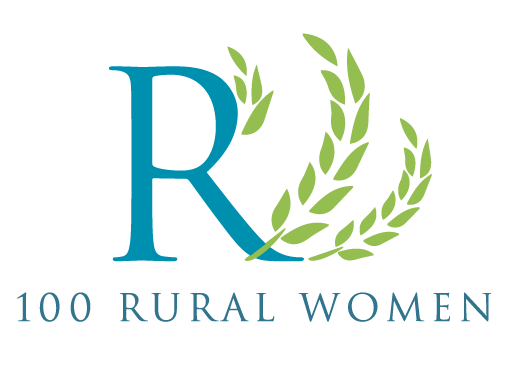Where Rural Women Get Their News
Breakfast Club Webinars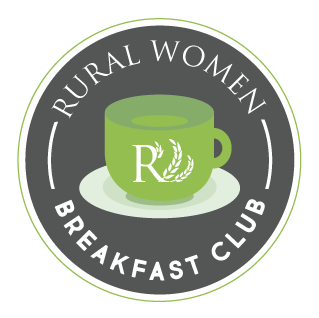
Overview
Where Rural Women Get Their News
Held Monday August 31st at 8:00 am CST
Access to news is changing in rural areas – with fewer local newspapers, consolidations of media companies, and social media. Confidence in fair reporting and the free press are being questioned. This webinar discussed the impacts of these media changes during this time of COVID and polarization. 100 Rural Women was joined by accomplished radio and print journalists along with a university professor to share their experiences and research in media and one of our amazing interns.
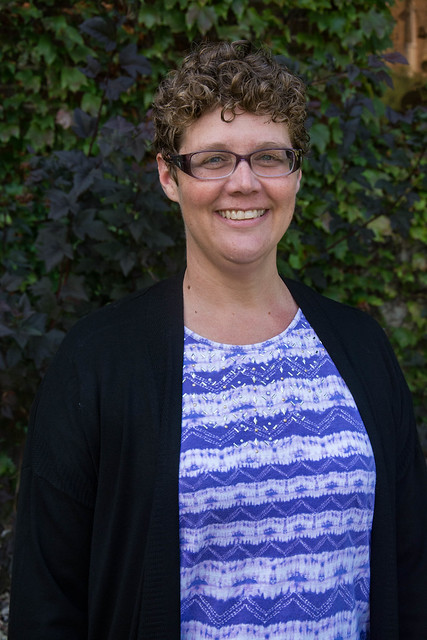
Elissa B. Alzate, PhD
Winona State University
Elissa Alzate is an Associate Professor of Political Science at Winona State University, where she has been since 2012. She received her BA in Political Science from Florida International University and her MA and PhD, also in Political Science, from University of California, Davis. Being at WSU was like coming home, though, having grown up in the Midwest. She teaches political theory and international relations and emphasizes civility, civil discourse, and civic responsibility in her classes and research. She is currently working on the second edition of her textbook From Concept to Dialogue: An Introduction to Political Theory that aims to help students become more thoughtful, civil, and responsible citizens of their communities. She has two beautiful children, three dogs, and two cats.
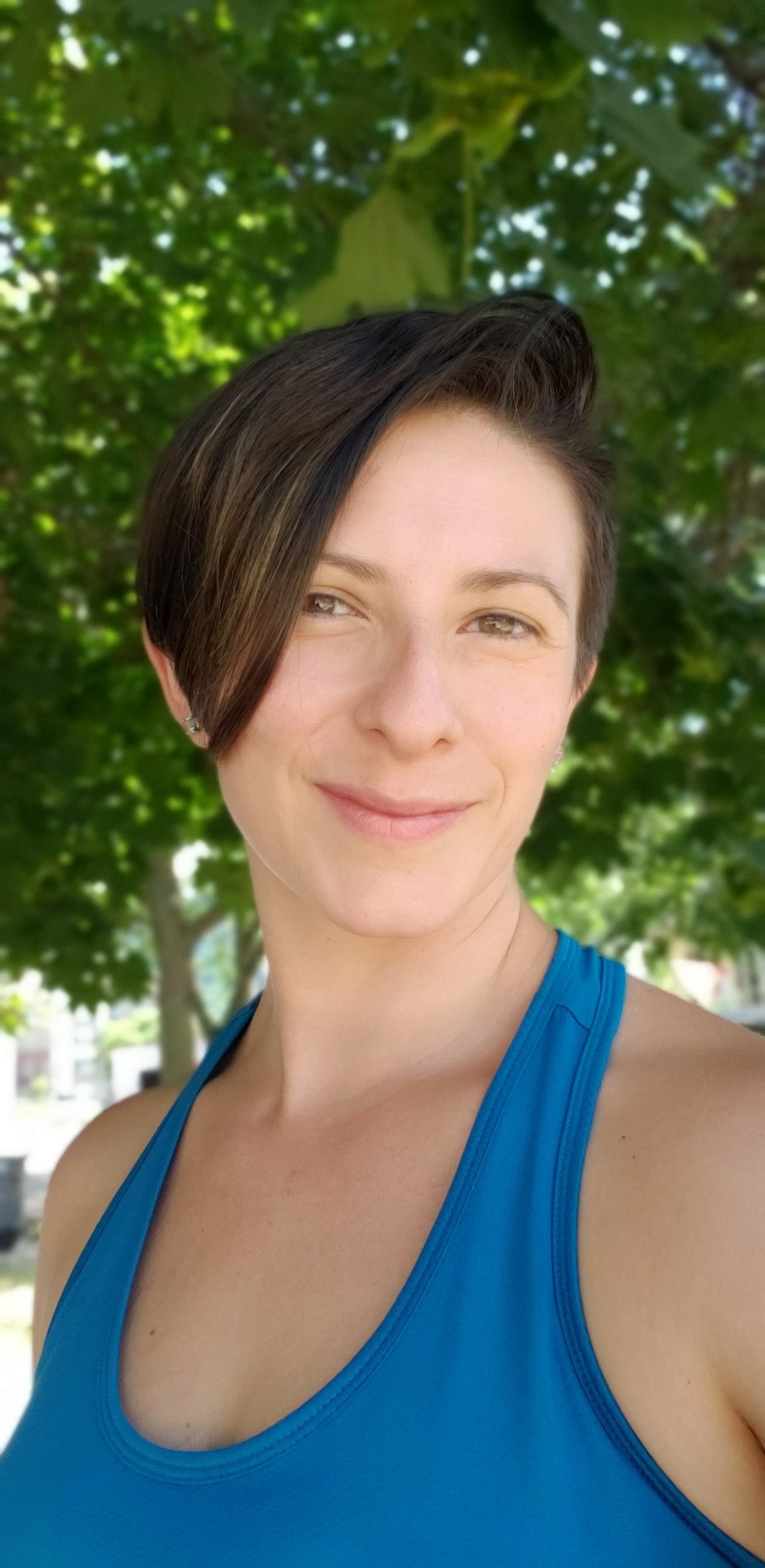
Tesla Mitchell
Freelance Journalist
Tesla Mitchell is an award winning freelance journalist and writer of ten years in the Winona, Minnesota area. She spent 8 years reporting for the Winona Daily News covering local events, government, human interest features, columns, and writing several series on homelessness and student successes. In 2017 she was selected as one of three journalists to be awarded for feature writing in the Minnesota Newspaper Association’s Better Newspaper Contest.
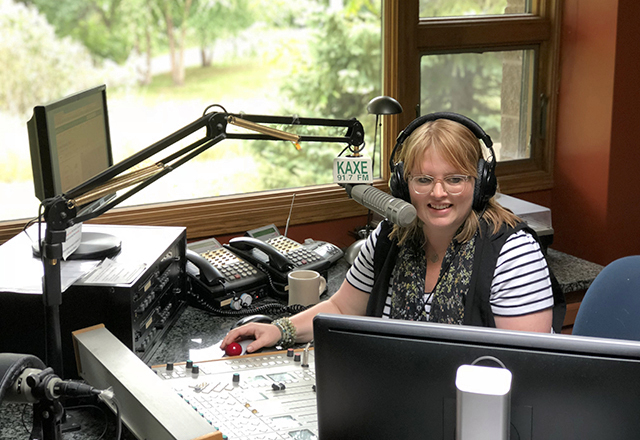
Heidi Holtan
Radio news and public affairs director
Heidi Holtan has worked at KAXE/KBXE – an independent NPR affiliate in northern Minnesota – for over 20 years. She started as a volunteer, creating a weekly literary program “Realgoodwords” where she interviewed authors like Ray Bradbury, Anne Lamott, Cheryl Strayed, Kate DiCamillo and Billy Collins. In the last 5 years she has been the News and Public Affairs director – hosting the local NPR Morning Edition with local stories. Prior to working in public media Heidi worked for the Legislative Reference Library for 10 years in St. Paul – learning and assisting others in understanding the legislative process. She studied Journalism and Women’s Studies at the University of Minnesota – Twin Cities.
Heidi is committed to producing and providing the people of Minnesota local stories that connect: from the Strong Women series about rural women leaders – facilitating focus groups with rual women about issues like sexual harassment in the workplace – weekly conversations with Lt. Governor Peggy Flanagan during the coronavirus pandemic –misinformation during elections – racism in small town Minnesota – as well as regular information about the MN Legislature as it relates to rural places.
Heidi is one of the panelists during election season on Lakeland Public Television and this fall will be a regional correspondent for Duluth Public Television’s Almanac North. In 2018 Heidi received the “Building Bridges in Media” award from the Islamic Resource Group for her work on KAXE/KBXE hosting conversations about anti-Muslim movements in rural Minnesota.
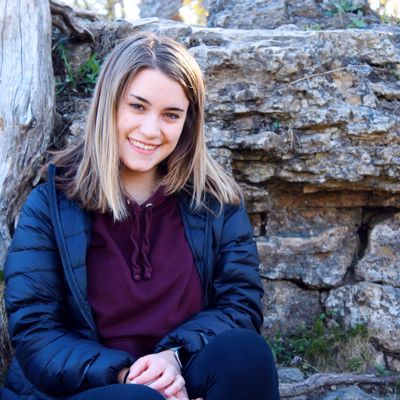
Hannah Angle
100 Rural Women Intern
Hannah Angle (she/her/hers) is a senior at Winona State University studying Marketing and Communications in Leadership and Advocacy. She enjoys being outdoors, hiking, and painting. Hannah has a passion for marketing and looks forward to supporting and helping grow organizations. She is working alongside 100 Rural Women in the Leadership Exchange Mentorship Program and leading the development of the Newsletter.
Resources and Recording from the Webinar
COVID, etc… impacts on Rural News
Social Media Misinformation
Looking to the Future
Audience Q&A and Close
Social Media:
-
- 55% of adults Americans get their news from social media
- Fake News: became prevalent during 2016 election, specifically on social media (Fake News Worksheet)
- Clickbait: headline who’s purpose is to attract readers attention and encourage them to click on a link or webpage
- Bot: a fake, automated computer software that acts like a human running a social media account that generates and sends messages.
Imperva (cyber-security software system) estimates 9-15% of twitter accounts are bots
The Problem:
-
- Decrease trust in public institutions
- Increase political polarization
- Provides people with false information
Tips on checking out news sources:
-
- Check the website’s name and URL. Is it related to the topic of the article? If so, be cautious. For example, if there’s a website called www.ihatejohndoe.com and the article is all about how John Doe committed some atrocious crime, but it’s not reported by any other news outlets, it’s probably fake.
- Go in with a critical mindset. Understand there is false information all around you on social media.
Is it outlandish news or does it have a huge wow factor? Is this the first you’ve heard of it? Be cautious and definitely check if any other news outlets have reported on it. If not, it’s a pretty big chance it’s fake. - Click the links! If an article has a link to a document it’s quoting, go ahead and click just to make sure it’s a legitimate document. Sometimes fake articles will link to empty web pages to make it look more legit.
- Check website trustworthiness
- Check the authors credentials
- Do they site their sources and claims?
-
- Fact Check (Cross reference with other credible sources)
- Look for Bias
- Read, Read, Read! Too often people share without reading. Make sure you know what the article your sharing says
Additional Links:
Heidi Holton KAXE Strong Women Series

